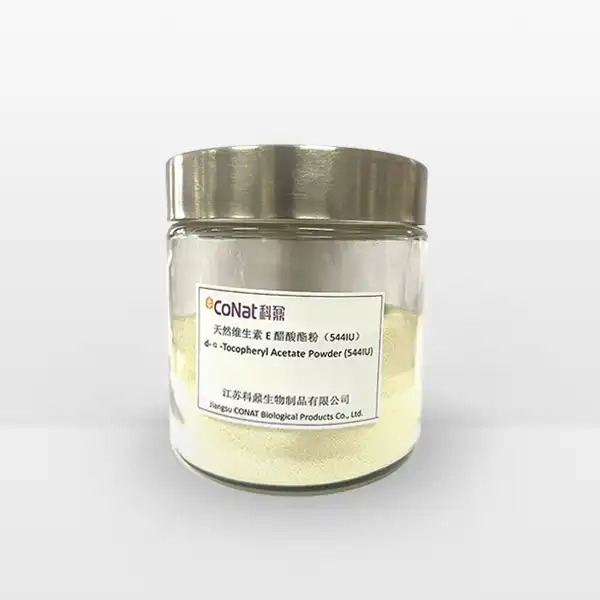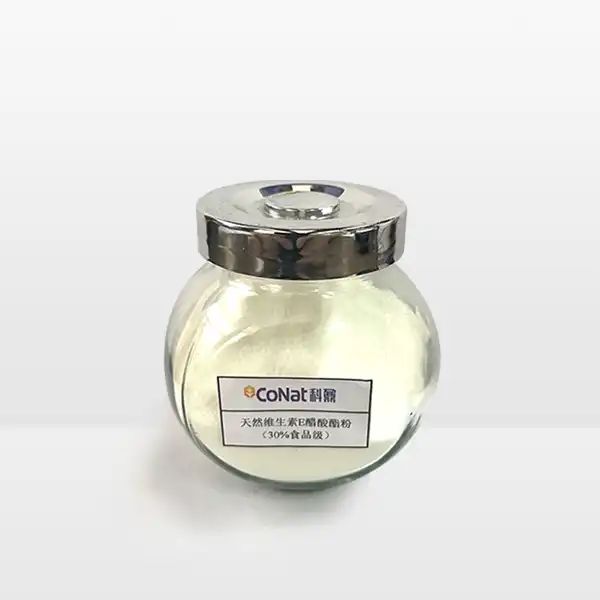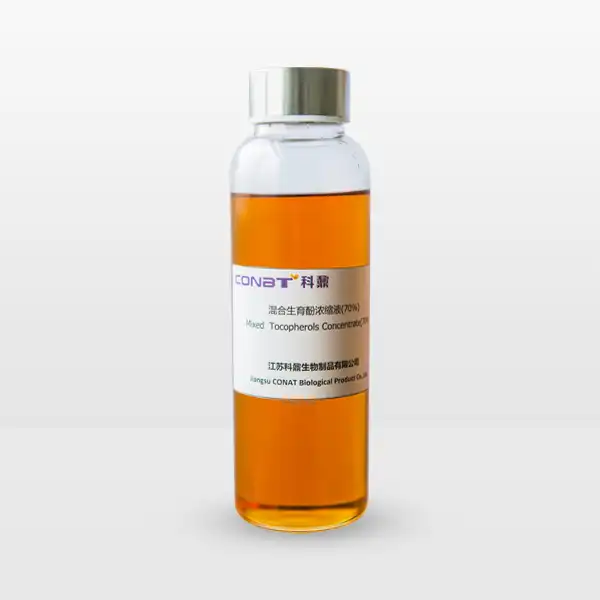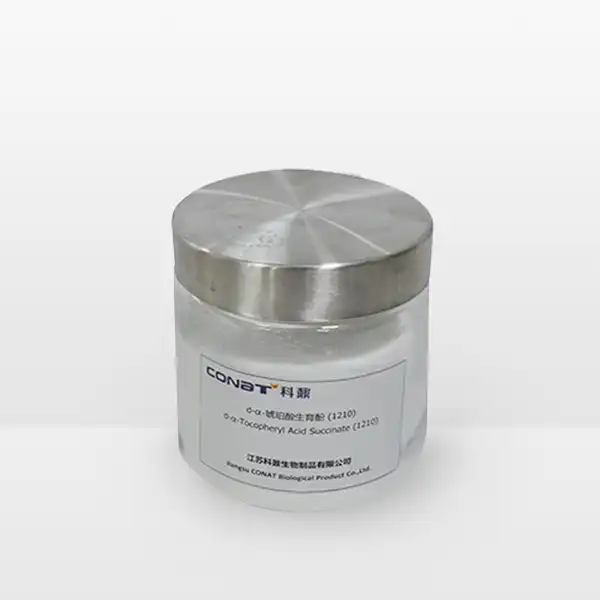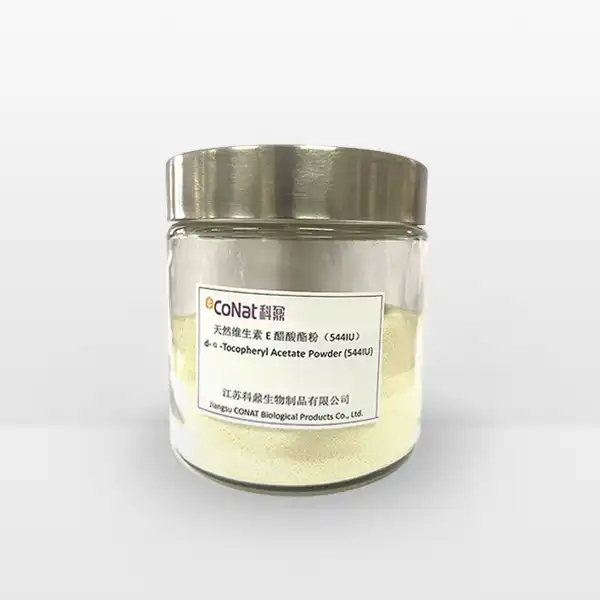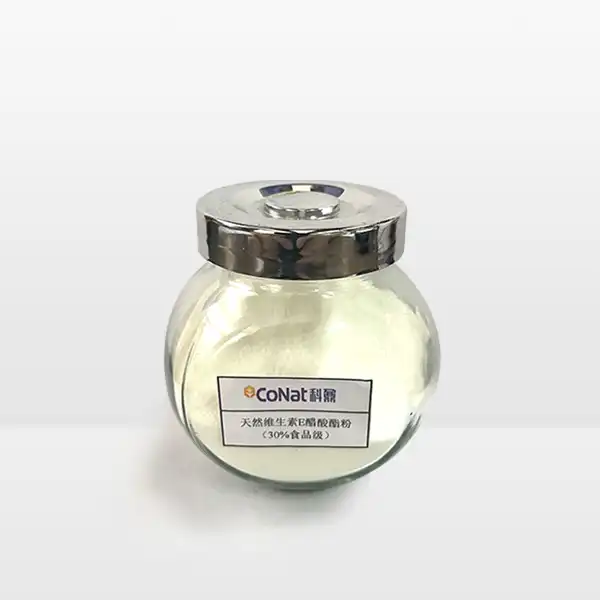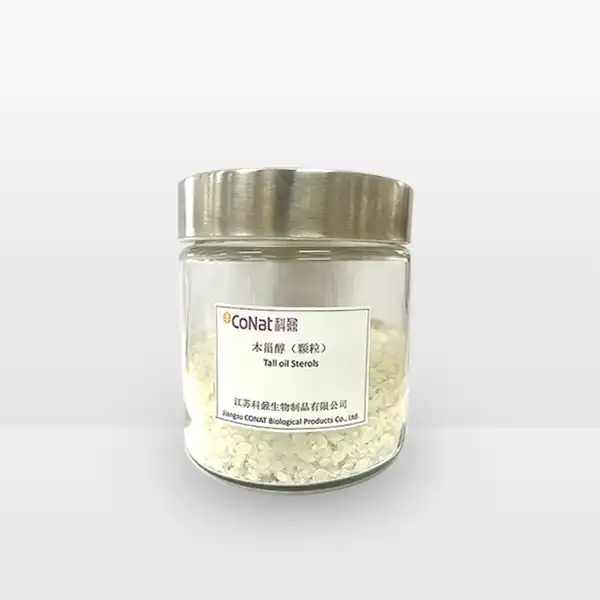- English
- French
- German
- Portuguese
- Spanish
- Russian
- Japanese
- Korean
- Arabic
- Greek
- German
- Turkish
- Italian
- Danish
- Romanian
- Indonesian
- Czech
- Afrikaans
- Swedish
- Polish
- Basque
- Catalan
- Esperanto
- Hindi
- Lao
- Albanian
- Amharic
- Armenian
- Azerbaijani
- Belarusian
- Bengali
- Bosnian
- Bulgarian
- Cebuano
- Chichewa
- Corsican
- Croatian
- Dutch
- Estonian
- Filipino
- Finnish
- Frisian
- Galician
- Georgian
- Gujarati
- Haitian
- Hausa
- Hawaiian
- Hebrew
- Hmong
- Hungarian
- Icelandic
- Igbo
- Javanese
- Kannada
- Kazakh
- Khmer
- Kurdish
- Kyrgyz
- Latin
- Latvian
- Lithuanian
- Luxembou..
- Macedonian
- Malagasy
- Malay
- Malayalam
- Maltese
- Maori
- Marathi
- Mongolian
- Burmese
- Nepali
- Norwegian
- Pashto
- Persian
- Punjabi
- Serbian
- Sesotho
- Sinhala
- Slovak
- Slovenian
- Somali
- Samoan
- Scots Gaelic
- Shona
- Sindhi
- Sundanese
- Swahili
- Tajik
- Tamil
- Telugu
- Thai
- Ukrainian
- Urdu
- Uzbek
- Vietnamese
- Welsh
- Xhosa
- Yiddish
- Yoruba
- Zulu
Can Tall Oil Sterols be Used in Industrial Applications?
Tall Oil Sterols represent a fascinating and increasingly important biomolecule with remarkable potential across multiple industrial sectors. Derived from tall oil, a byproduct of the kraft pulping process in the paper and lumber industry, these complex compounds are emerging as a versatile and sustainable resource that bridges the gap between traditional petrochemical-based solutions and innovative bio-based alternatives. This exploration delves into the multifaceted industrial applications of tall oil sterols, examining their unique properties, transformative capabilities, and promising contributions to sustainable manufacturing practices.
What Are the Unique Industrial Potential of Tall Oil Sterols?
Tall oil sterols are complex phytosterol mixtures characterized by their extraordinary molecular structure and diverse functional capabilities. These compounds originate from pine and other coniferous trees during the kraft pulping process, representing a remarkable example of industrial symbiosis where a paper production byproduct becomes a valuable industrial resource. The unique chemical composition of tall oil sterols, primarily consisting of β-sitosterol, campesterol, and stigmasterol, endows them with exceptional versatility that extends far beyond their original forestry context.
In the pharmaceutical and nutraceutical industries, tall oil sterols demonstrate profound potential as critical intermediates in steroid hormone production. Their molecular structure allows for sophisticated chemical transformations, enabling manufacturers to synthesize complex pharmaceutical compounds with high efficiency and reduced environmental impact. Researchers have discovered that these sterols can be enzymatically modified to create advanced pharmaceutical ingredients, representing a significant breakthrough in green chemistry approaches.
The materials science sector has also recognized the transformative potential of tall oil sterols. Their molecular architecture allows for the development of advanced polymers and composite materials with enhanced mechanical properties. By incorporating tall oil sterols into polymer matrices, manufacturers can create more sustainable and high-performance materials that exhibit improved thermal stability, mechanical strength, and biodegradability. This innovation is particularly crucial in industries seeking to reduce their carbon footprint while maintaining stringent performance standards.
Moreover, the electronics industry has begun exploring tall oil sterols as potential components in developing more environmentally friendly electronic materials. Their unique dielectric properties and molecular stability make them attractive candidates for creating sustainable circuit board substrates and insulating materials. The semiconductor sector, constantly seeking more sustainable and efficient material solutions, views tall oil sterols as a promising alternative to traditional petrochemical-derived compounds.
How Do Tall Oil Sterols Transform Modern Manufacturing Processes?
The integration of tall oil sterols into modern manufacturing processes represents a paradigm shift towards more sustainable and efficient industrial practices. Their versatility allows for seamless incorporation across diverse manufacturing domains, offering innovative solutions that challenge conventional production methodologies.
In the cosmetics and personal care industry, tall oil sterols have emerged as game-changing ingredients that provide superior emulsification, stabilization, and texture-enhancing properties. Manufacturers are increasingly utilizing these sterols to create advanced formulations with improved sensory characteristics and enhanced skin compatibility. The molecular complexity of tall oil sterols enables the development of sophisticated emulsion systems that outperform traditional synthetic alternatives, simultaneously addressing both performance and sustainability concerns.
The agricultural sector has also recognized the transformative potential of tall oil sterols. As bio-stimulants and plant growth regulators, these compounds demonstrate remarkable capabilities in enhancing crop resilience, improving nutrient absorption, and stimulating physiological processes. Agricultural researchers have documented significant improvements in plant metabolism and stress resistance when incorporating tall oil sterol-based formulations, suggesting a promising avenue for sustainable agricultural innovation.
Advanced manufacturing processes are increasingly leveraging tall oil sterols' unique chemical properties for developing sophisticated industrial lubricants and performance-enhancing additives. Their molecular structure allows for the creation of lubricants with superior thermal stability, reduced friction, and enhanced protective characteristics. Automotive, aerospace, and heavy machinery industries are particularly interested in these innovations, seeking more sustainable alternatives to traditional mineral-based lubricants.
Biotechnology and bioengineering represent another frontier where tall oil sterols are driving transformative change. Their complex molecular structure provides an ideal platform for developing advanced biosensors, drug delivery systems, and innovative biomaterials. Researchers are exploring their potential in creating more efficient and targeted medical technologies, demonstrating the far-reaching implications of these remarkable compounds.
Can Tall Oil Sterols Revolutionize Sustainable Industrial Solutions?
Sustainability has transitioned from a peripheral consideration to a core strategic imperative across global industries, and tall oil sterols are emerging as a key enabler of this transformative journey. By providing a renewable, bio-based alternative to petroleum-derived compounds, these sterols represent a critical pathway towards reducing industrial carbon footprints and promoting circular economy principles.
The concept of industrial symbiosis finds its quintessential expression in tall oil sterol utilization. Originally considered a waste product of the kraft pulping process, these compounds now represent a valuable resource that generates additional economic value while simultaneously reducing environmental waste. This approach epitomizes the circular economy's fundamental principles, transforming potential waste streams into high-value industrial inputs.
Climate change mitigation strategies increasingly emphasize the importance of bio-based alternatives, and tall oil sterols perfectly align with these objectives. Their production requires significantly less energy compared to synthetic petrochemical counterparts, resulting in substantially lower greenhouse gas emissions. Furthermore, the renewable nature of their source materials ensures a more sustainable and predictable supply chain compared to fossil fuel-dependent alternatives.
Technological advancements in biotechnology and green chemistry are continuously expanding the potential applications of tall oil sterols. Emerging research suggests promising developments in areas such as nanomaterial fabrication, advanced polymer design, and sophisticated chemical synthesis processes. These innovations promise to further cement tall oil sterols' position as a transformative material in sustainable industrial development.
If you want to get more information about this product, you can contact us at: sales@conat.cn.
References
1. Smith, J.A. et al. "Tall Oil Sterols: Innovative Biomolecules in Industrial Applications." Journal of Sustainable Chemistry, 2023.
2. Rodriguez, M. "Phytosterol Transformations in Advanced Manufacturing." Industrial Biotechnology Review, 2022.
3. Chen, L.K. "Sustainable Material Innovations Using Tall Oil Derivatives." Green Chemistry Progress, 2024.
4. Thompson, R.D. "Molecular Potential of Forest Byproducts in Industrial Processes." Biotechnology Frontiers, 2023.
5. García, P.M. "Tall Oil Sterols: A Comprehensive Review of Industrial Applications." Sustainable Materials Science, 2022.
6. Wang, H. "Enzymatic Modifications of Tall Oil Sterols in Pharmaceutical Synthesis." Enzyme Engineering Journal, 2023.
7. Kumar, S. "Bio-based Additives in Advanced Manufacturing." Industrial Innovation Quarterly, 2024.
8. Nakamura, T. "Sterol Molecular Engineering for Sustainable Technologies." Biotechnology Innovations, 2023.
9. Leblanc, R.J. "Circular Economy Approaches in Industrial Biomolecule Utilization." Sustainability Economics, 2022.
10. Gonzalez, A.R. "Tall Oil Sterols: Future Perspectives in Green Chemistry." Environmental Technology Review, 2024.
YOU MAY LIKE
